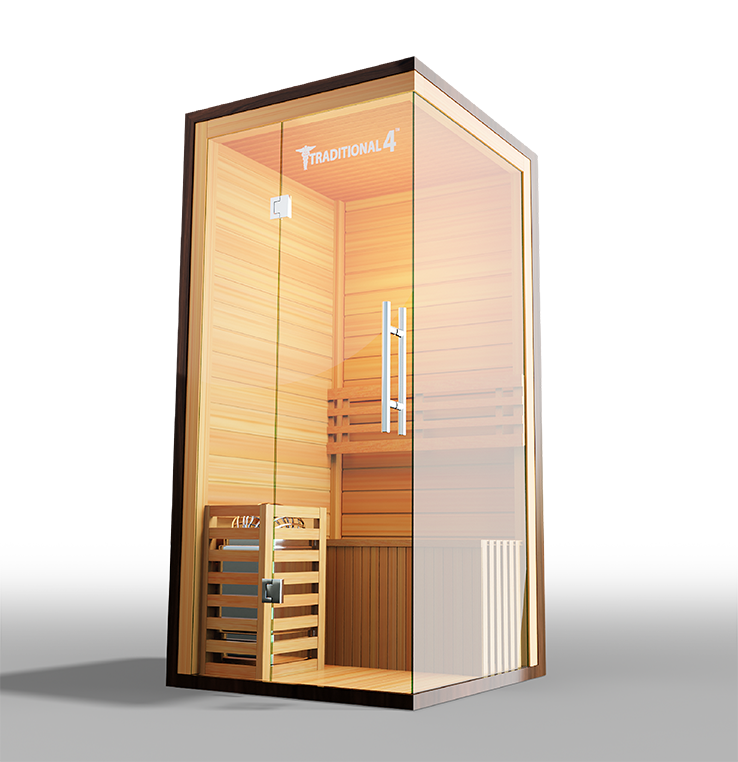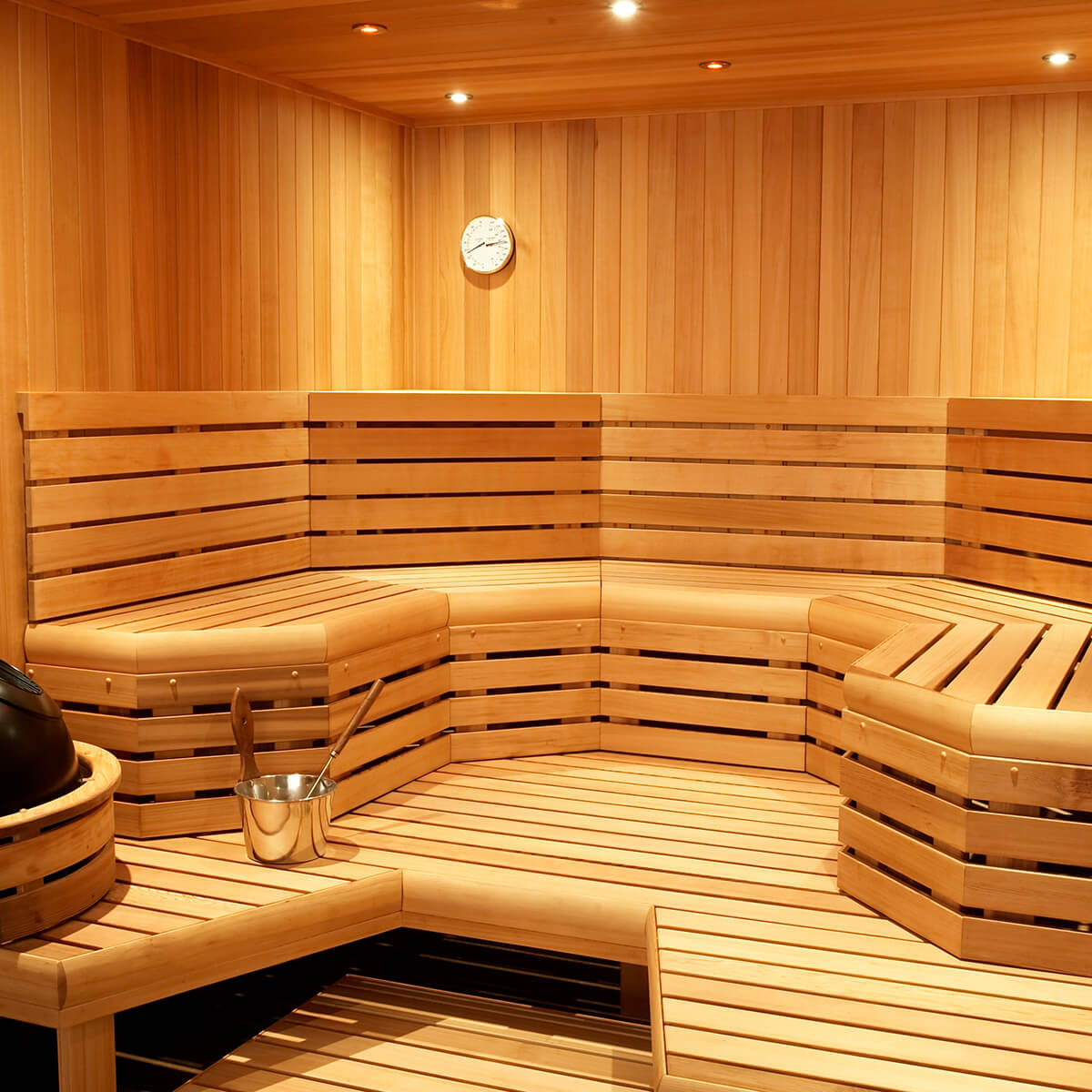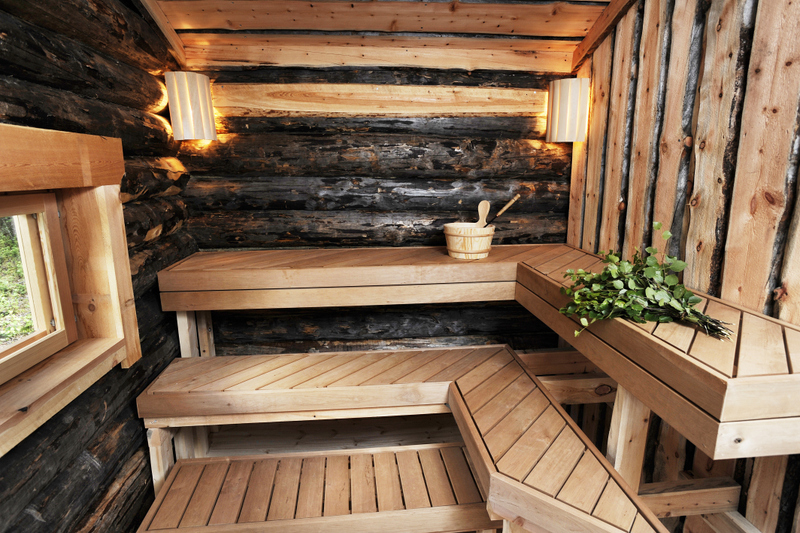The Main Principles Of Traditional Sauna
The Main Principles Of Traditional Sauna
Blog Article
Not known Incorrect Statements About Traditional Sauna
Table of ContentsNot known Facts About Traditional SaunaHow Traditional Sauna can Save You Time, Stress, and Money.A Biased View of Traditional SaunaWhat Does Traditional Sauna Mean?A Biased View of Traditional Sauna
The majority of the weight shed in a sauna is water loss and is re-gained upon rehydrating. Nevertheless, undeniably sauna can be a fundamental part of a healthy and balanced weight management program. To look at the differences between conventional and IR saunas, I will divide these right into proven, academic, and produced distinctions.Therefore, the most popular point in the saunawhich is at the ceiling straight above the sauna heateris normally in between 185 and 190 F. Claims that a traditional sauna exceeds 200 F is just not true and not applicable for electrical saunas marketed in the United States. The temperature level for a far-infrared sauna is generally set between 120 and 140 F; nonetheless, unlike the traditional sauna, the goal in and IR room is not to achieve a heat.

When a traditional sauna has been appropriately heated up, the sauna walls are cozy, the air temperature has actually accomplished established temperature level and the rocks are extremely heated. As an interesting side note, the heated walls and the rocks are sending out far-infrared warm, incorporated with the heated air, to produce an "enveloping warm".
The Best Strategy To Use For Traditional Sauna
When the high temperature level is achieved, the components cycle on and off to preserve the high temperature level. Many traditional sauna individuals enjoy pouring water over the rocks to develop steam to increase sauna moisture degrees. The advantages of pouring water over the rocks consist of: making the area more comfortable, dampening the nasal flows, and allowing the use of aromatherapy by mixing essential oils with the water.

When the energy goes into the body, it triggers the body temperature to enhance and eventually causes sweat. In an infrared sauna it is necessary for the emitters/heaters to continue to be on virtually constantly. Considering that there is no mass of rocks to maintain warm, the sauna will cool down if the emitters shut down.
The Buzz on Traditional Sauna
As stated above, the sauna bather in an infrared area wishes to place himself in front of operating emitters to obtain maximum advantage from the heat. The heating time for the 2 rooms can be really different, depending on just how the spaces are made use of. For a standard sauna, a bather ought to allow 30-40 mins for the room to accomplish a preferred temperature and to effectively pre-heat the rocks.

A well built sauna will usually attain a temperature level of 150-160 F in about 30-40 minutes. For hotter temperatures, the area might require to heat for a longer duration.
To some, 15 minutes was "squandered" while the infrared energy heated up the wood panels instead of heating a body, while others locate a pre-heated room to be more comfy and believe an elevated beginning temperature is necessary to start sweating. The length of suggested use for each space is around the exact same (10-15 mins per session); nonetheless, as a result of the reduced air temperature levels and the capacity to really feel the impacts of infrared heat faster than a conventional sauna, it is not unusual for a person to spend a total of 20-30 mins in an infrared sauna.
The Greatest Guide To Traditional Sauna

The typical price per kWH of electricity in the U.S. is around $0.11, so a 4.5 kW heater will set you back about $.50 to run for one hour, if the heating system runs continuously for one hour. Normally a my response sauna heating system will run for 75% of the very first hour and 50% of succeeding hours on since the aspects cycle once the established temperature is attained.
A 2 person far-infrared space is usually literally smaller sized than a traditional sauna, typically concerning 4' x 4' or smaller. The IR heating system is normally 1.5-1.7 kW making use of a 120 volt 15 amp plug-in solution. Because the area can be made use of sooner than a sauna room, we will assume the space is utilized for to of an hour including warm up time.
Ultimately, there is a rarely talked about difference in the social experience between the two areas. While our culture has lost some of the social benefit of the standard sauna experience, it can be very socially rewarding (Traditional Sauna). From family time in the sauna, to heart-felt discussions with loved ones, to sauna partiesthe typical sauna experience can bring Recommended Site about intimate mingling
The Only Guide for Traditional Sauna
Most greater end infrared spaces include colored light treatment, sound systems and full-glass click for more info fronts.
Report this page